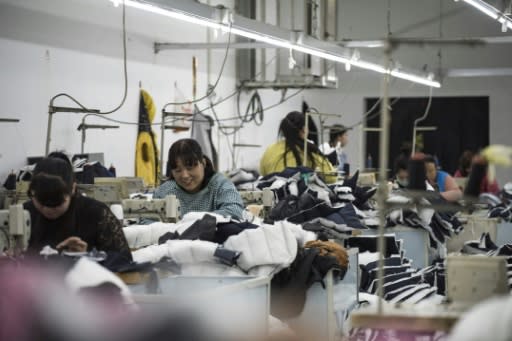China says factory activity expands at slower pace in April

China's factory activity continued to expand in April, albeit at a slower-than-expected pace, official data showed on Sunday, adding to signs of stabilisation in the world's second largest economy.
The purchasing manager's index (PMI), which gauges conditions at factories and mines, stood at 51.2 in April, the National Bureau of Statistics (NBS) said, down from a near five-year high of 51.8 in March.
Analysts surveyed by Bloomberg had expected a reading of 51.7 for April.
A figure above 50 indicates growth in the sector, which is a key driver of the Chinese economy, while anything below points to contraction.
"Although the PMI has dropped slightly, we can also see the steady accumulation of positive factors," NBS analyst Zhao Qinghe said in a statement.
Zhao pointed to increased production of consumer goods and improvements in small business activity as good indicators for the economy.
Analysts predicted a softening growth momentum in this year's second quarter.
"The still-high output and new orders sub-indices suggest growth momentum likely remained resilient in April, albeit slower than in a strong March," Zhao Yang of Nomura said in a note.
"Looking ahead, we see downside pressures looming and maintain our call for a shallow slowdown through the course of this year."
Betty Wang of ANZ Research wrote in a note that the April data "suggests that China's manufacturing activity might have retreated from its peak" in the first quarter.
An acceleration in China's GDP growth in the first three months of 2017 as well as a rebound in retail spending and robust trade data have eased concerns about the strength of the Asian giant's economy following last year's slowdown.
Beijing has said it wants to reorient the economy away from relying on debt-fuelled investment and towards a consumer-driven model, but the transition has proven challenging, leading to slower growth readings in recent years.

 Yahoo Finance
Yahoo Finance 